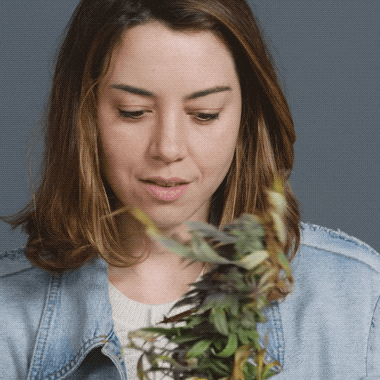AUTHOR: Peter Yeung for Reasons to be Cheerful
"Yes, yes, yes, that's extraordinary," exclaims Pascaline Bonnave, hopping with excitement after closely examining a scarlet, poppy-like drawing during her art therapy class. "Now you must give it a name," she says with a smile.
Bonnave, adorned in blue jeans and a flower-patched leather jacket, scans the room to observe the progress of her students. Their task today is to create their own flower species and name it. The room bursts with vibrant colors—tall, yellow florets reminiscent of sunflowers, delicate mauve and pink blossoms, and intricate chains of daisy-like creations.
“It’s not that it’s not beautiful,” Bonnave reassures a hesitant participant. “You just need to finish it. Add some shading. Give it some roots.”
This activity, simple as it seems, is part of a transformative initiative that harnesses the power of art and culture to improve health and wellbeing. The initiative, pioneered at Lille’s Palais des Beaux-Arts in France, has evolved into one of the world's most prominent "museum prescription" programs. Partnering with the University Hospital Center of Lille (CHU), the program now prescribes over 140 art therapy sessions annually to patients, emphasizing the profound connection between creativity, mental health, and physical healing.
But how can this innovative program further be enriched? Enter cannabis.
How Cannabis Complements the Creative Environment
Cannabis, long celebrated for its ability to spark creativity and induce relaxation, naturally fits into environments designed to inspire, such as museums. Just as the Palais des Beaux-Arts uses its art to fuel imagination and healing, cannabis has been found to complement similar experiences by enhancing sensory perception and encouraging mindfulness.
Research suggests that cannabis stimulates parts of the brain involved in creativity, often helping users think more freely, experience heightened emotional connections, and break free from conventional thought patterns. In the setting of a museum—whether through art or historical exhibitions—this mental state can transform how visitors engage with and interpret the pieces on display. Instead of simply observing, they are transported into deeper layers of meaning, often discovering personal insights that contribute to emotional and mental wellbeing.
Bonnave, who guides her participants through both museum tours and art therapy, taps into this idea of transformation. “This place is a gold mine of inspiration,” she says as she leads her group through the museum’s Dutch collection of nature-inspired paintings. The room’s light, combined with the quiet beauty of the art, mirrors the effects cannabis can have—helping users disconnect from the stress of daily life and reconnect with their inner selves.
The Role of Museo-Therapy in Wellbeing
For over a decade, Lille’s Palais des Beaux-Arts has been a trailblazer in utilizing museo-therapy, a method that combines the immersive experience of art with therapeutic benefits for people with various medical conditions. This includes patients with Alzheimer’s, drug dependencies, and even those undergoing treatments for endometriosis or cancer. The museum has made it clear that its role is not just to display art, but to act as a social force for healing.
By encouraging participants to lose themselves in the world of art, these sessions mirror the kind of mindful introspection often experienced by cannabis users. Cannabis, much like art, allows for moments of contemplation and relief from anxiety. It helps break down barriers, encouraging people to think differently and see the world—and themselves—with renewed clarity.
The intersection of these two elements—cannabis and art therapy—could offer even greater therapeutic outcomes. When combined, the calming effects of cannabis with the reflective and inspirational power of art create a unique space for healing. In a museum setting, this fusion of creative therapy and cannabis could further reduce stress, improve mood, and even help participants explore their emotions more freely.
The Science Behind Social Prescriptions and Creativity
Lille’s museum prescription program is grounded in a growing body of research that highlights the health benefits of social prescribing—nonclinical treatments like arts, culture, or nature-based activities that complement traditional healthcare. Evidence suggests that engagement with the arts can significantly improve mental health outcomes, increase life satisfaction, and reduce symptoms of anxiety and depression. The same can be said for cannabis when used responsibly.
For example, a longitudinal study of more than 23,000 individuals in the UK found that regular participation in cultural activities, such as choirs and theater groups, lowered levels of mental distress and increased overall life satisfaction. Similar findings emerge from studies on cannabis, which show its ability to reduce stress and anxiety, enhance creativity, and provide a sense of connection to one’s environment.
Museums, often seen as places of quiet contemplation, can serve as ideal venues for these healing experiences. The physical and emotional distance from everyday life that they provide allows for a meditative experience. When paired with cannabis, known for its relaxing and introspective qualities, these environments could offer an even more profound sense of wellbeing.
A Future of Integrated Wellbeing Experiences
The potential for integrating cannabis into programs like Lille’s museum prescriptions could represent a new frontier for health and wellbeing. As cities like Lille explore the benefits of art therapy and social prescriptions, forward-thinking institutions may recognize that combining creative environments with cannabis could enhance these experiences. Not only could this lead to better mental health outcomes, but it may also open up new ways of thinking about how we heal.
In places like Montreal and Brussels, where museum prescriptions are already prescribed for stress, anxiety, and depression, cannabis could serve as an additional tool to support creativity, introspection, and emotional release.
As Lille’s program continues to gather data on the effectiveness of museo-therapy, the idea of integrating cannabis into these experiences could offer valuable insights into how we expand social prescriptions to encompass the full spectrum of creative, nature, and sensory-based therapies.
Conclusion: Creativity, Cannabis, and Healing
Lille’s pioneering museum prescription program exemplifies how art, culture, and social experiences can play an essential role in healing. By inviting patients to engage with the museum’s vast collections, participants find new ways to cope with stress, anxiety, and illness. When we consider the potential of cannabis as a complementary tool, the opportunities for enhancing creativity and wellbeing are vast.
Whether through art, music, nature, or the simple act of slowing down, the combination of cannabis and cultural experiences like museum therapy offers a roadmap to holistic wellness. As these programs continue to grow, the possibilities for integrating creativity and cannabis into mainstream health practices may represent the next great innovation in social prescribing.
This story is part of A Patient Is a Person, a series about how whole-person health is transforming the patient journey. It is supported by funding from UPIC Health.
This story was produced by Reasons to be Cheerful and reviewed and distributed by Stacker Media.
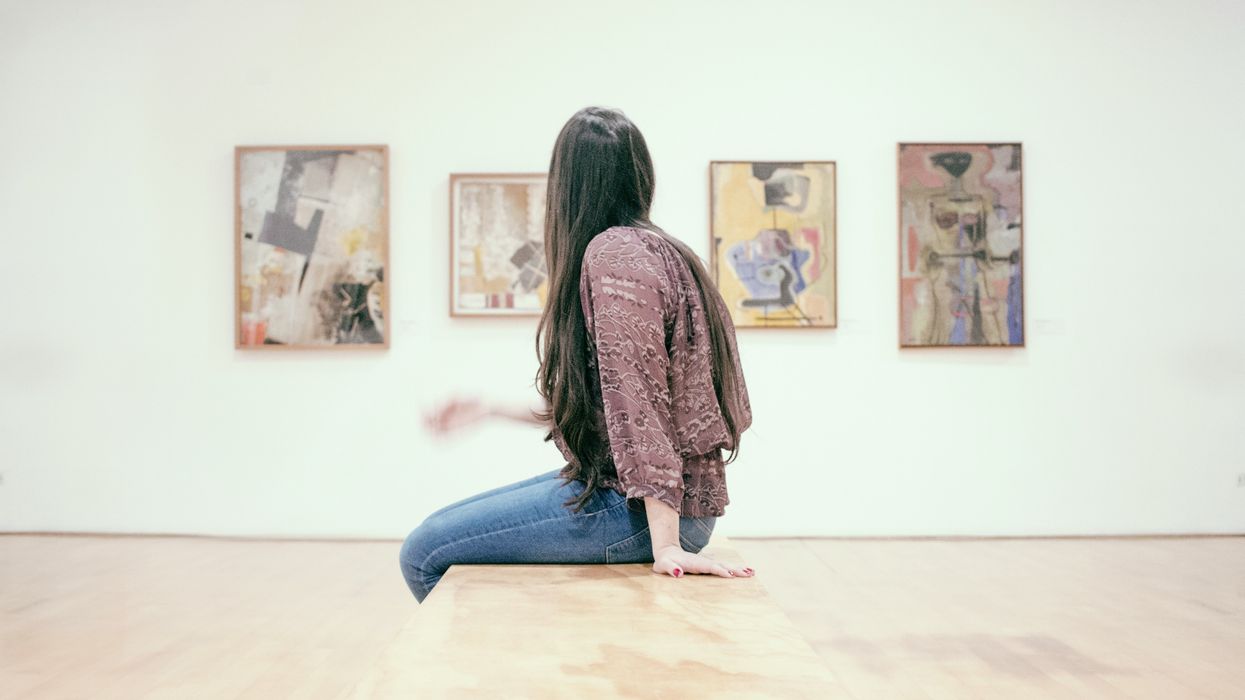

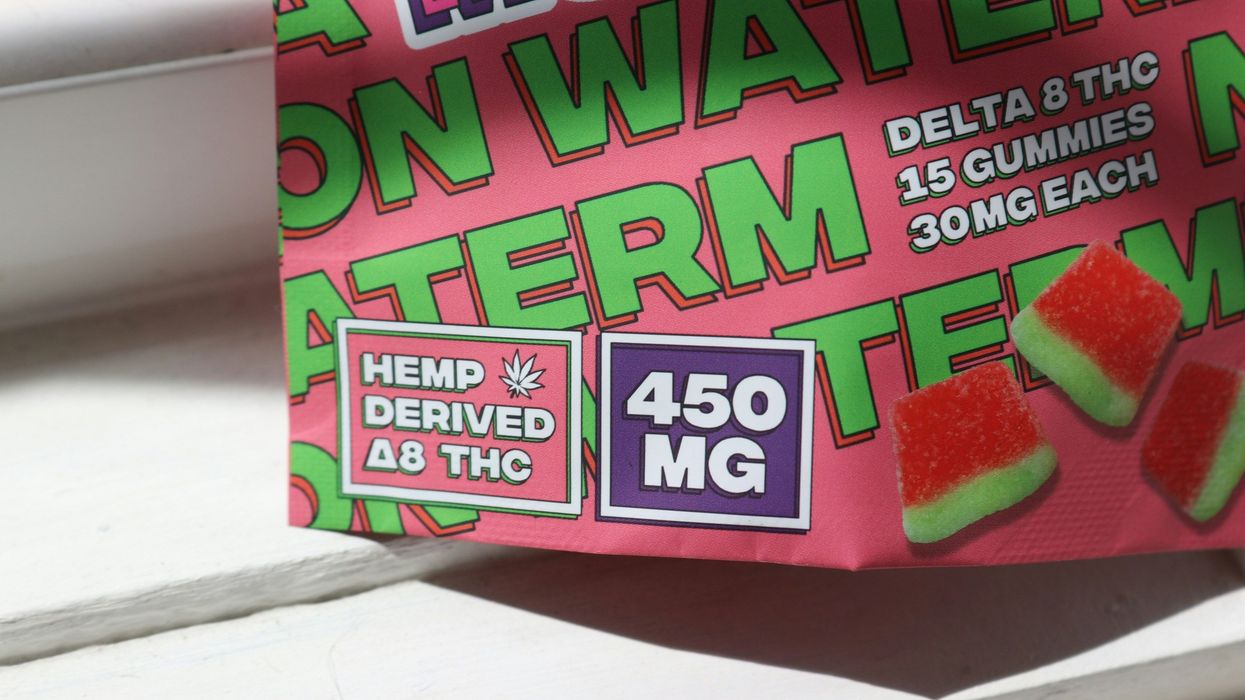
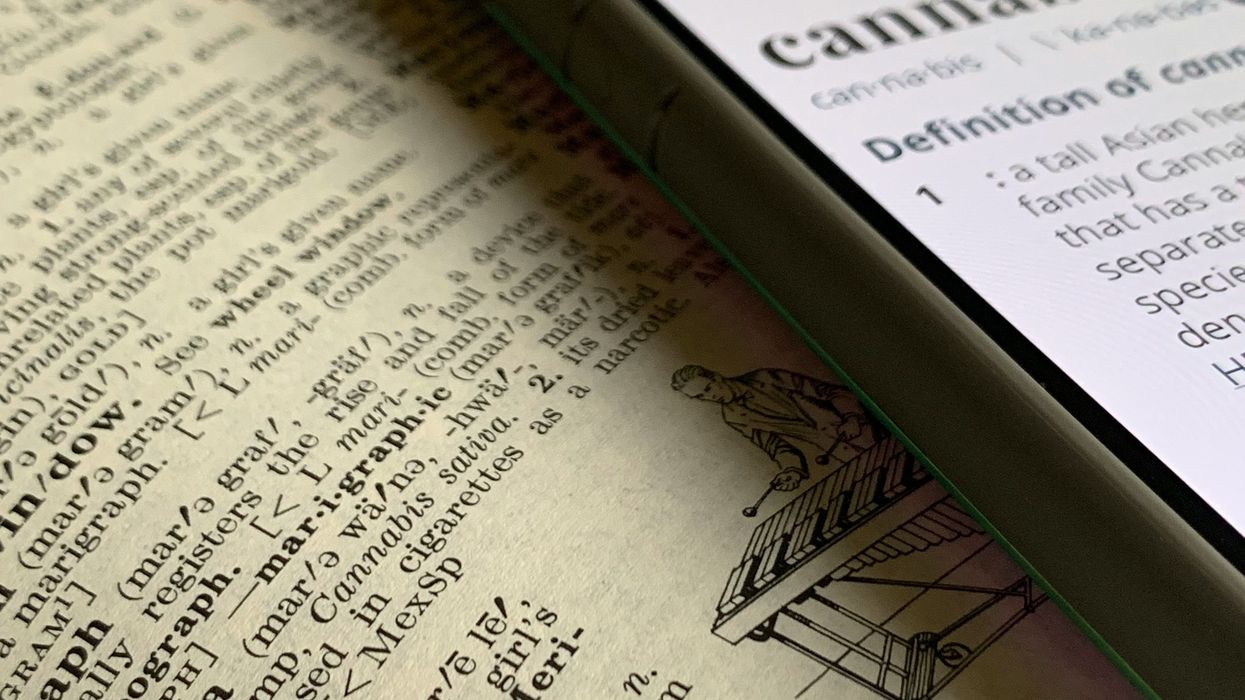
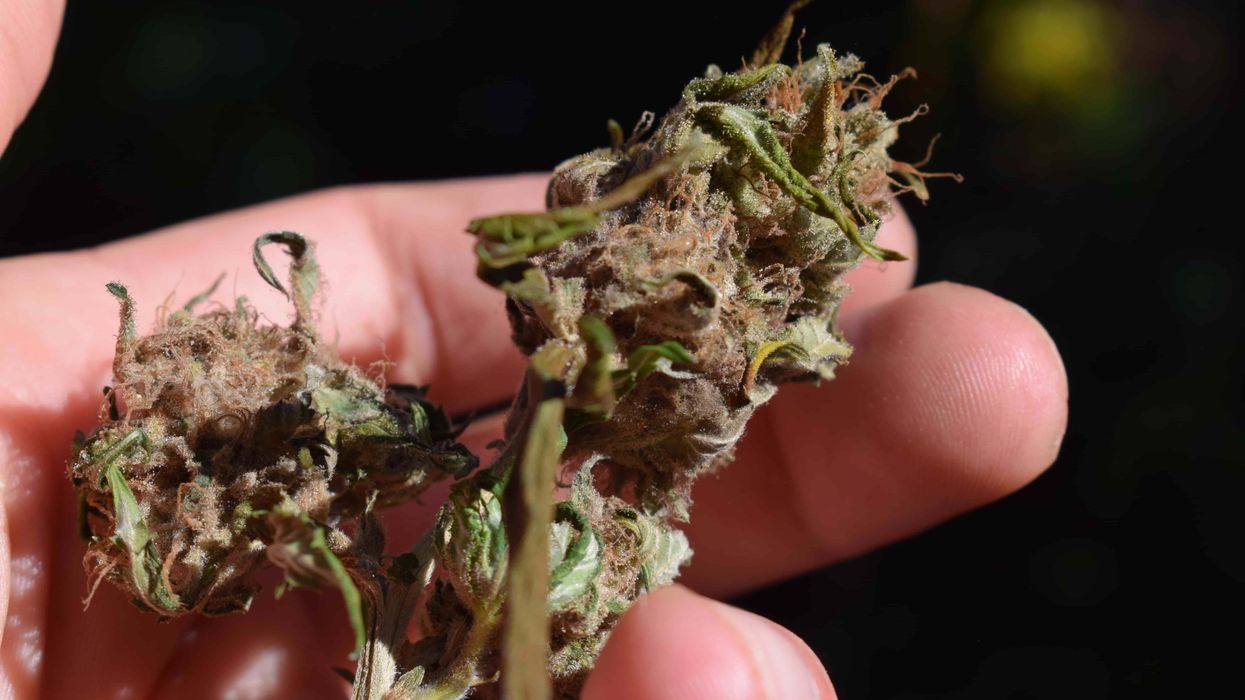
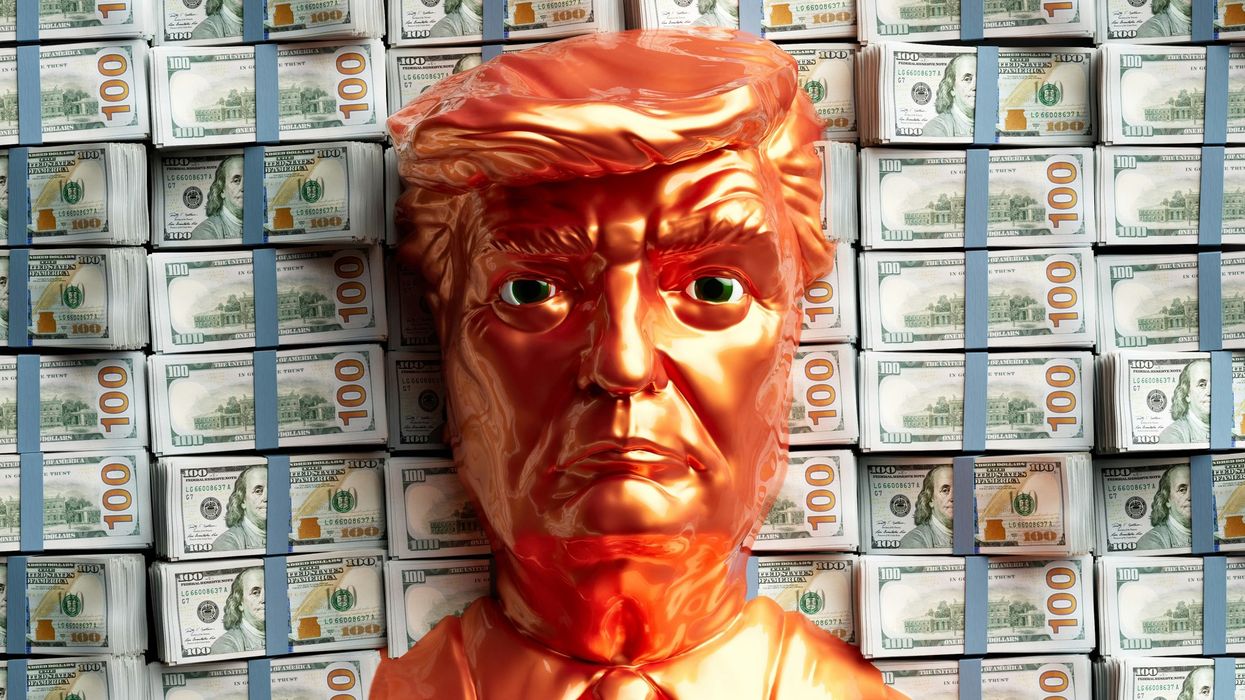
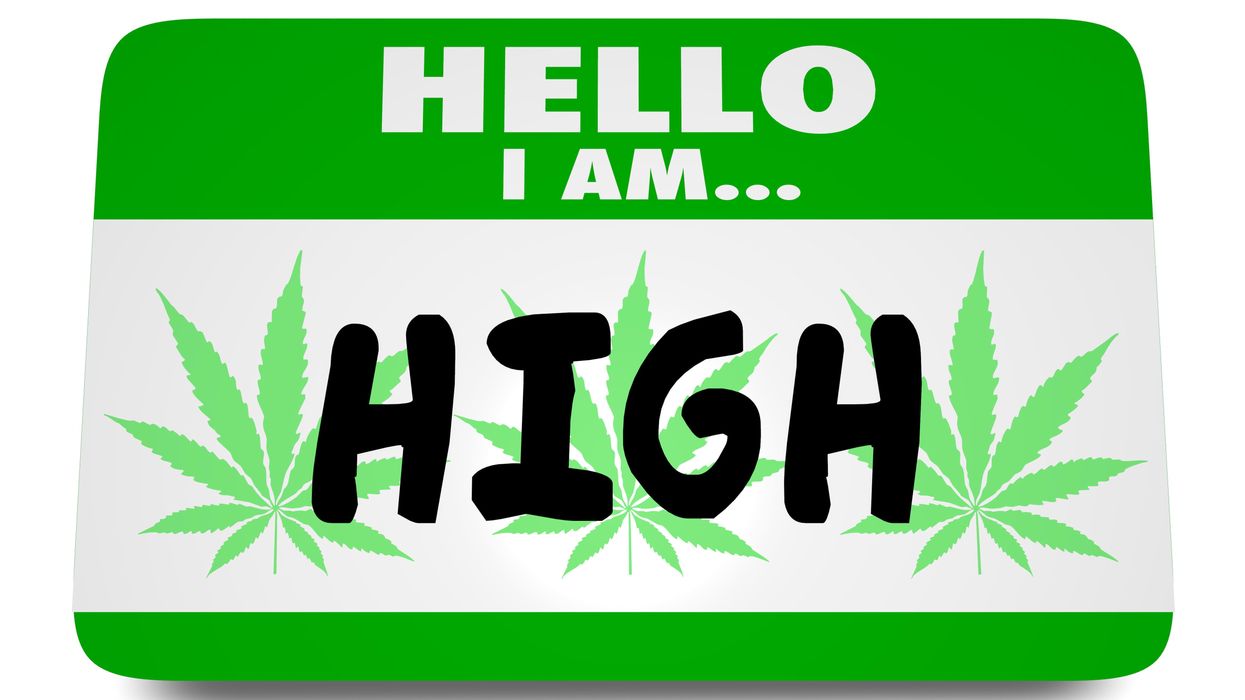
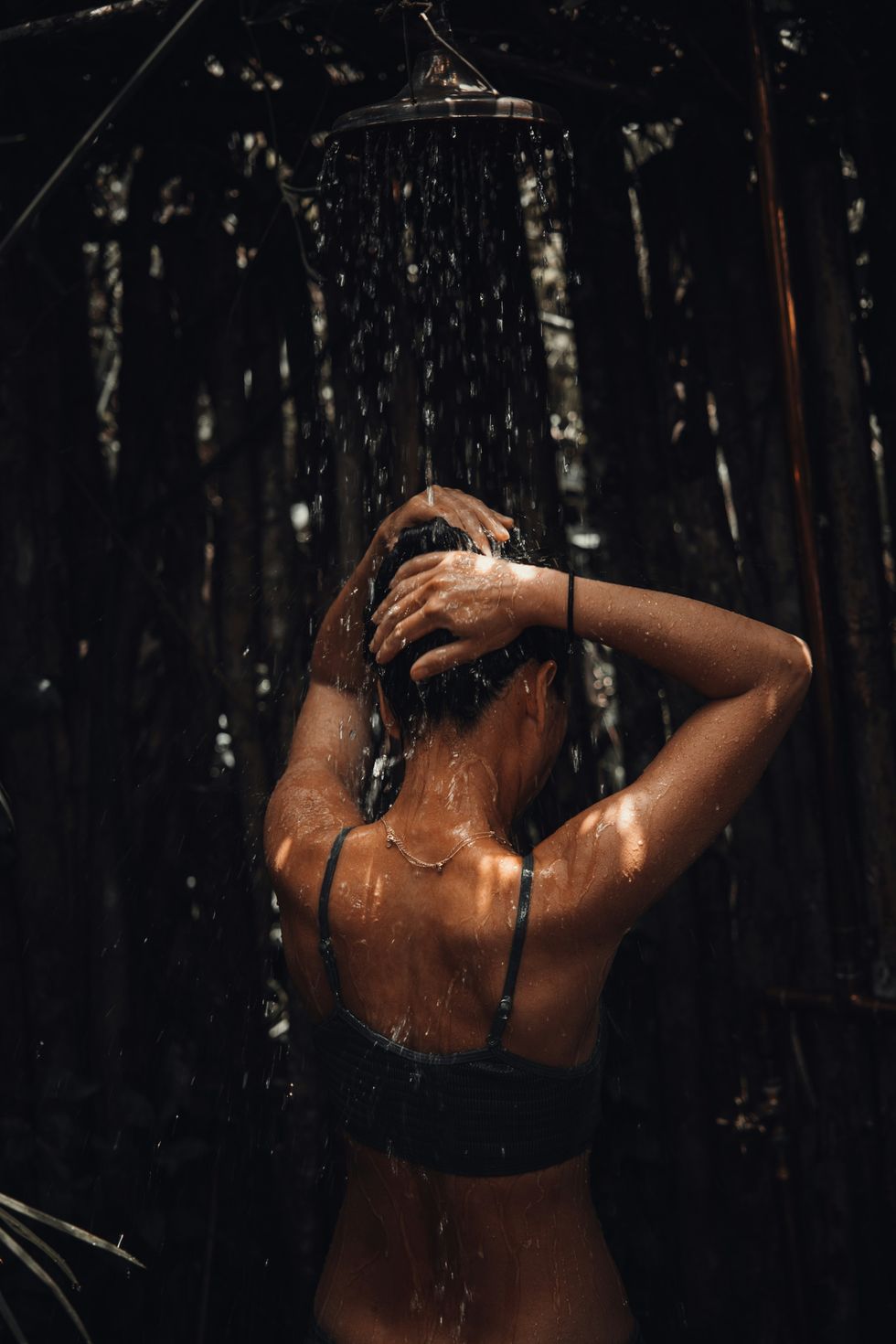 11 Signs You've Greened Out and How to Handle It - The Bluntness
Photo by
11 Signs You've Greened Out and How to Handle It - The Bluntness
Photo by 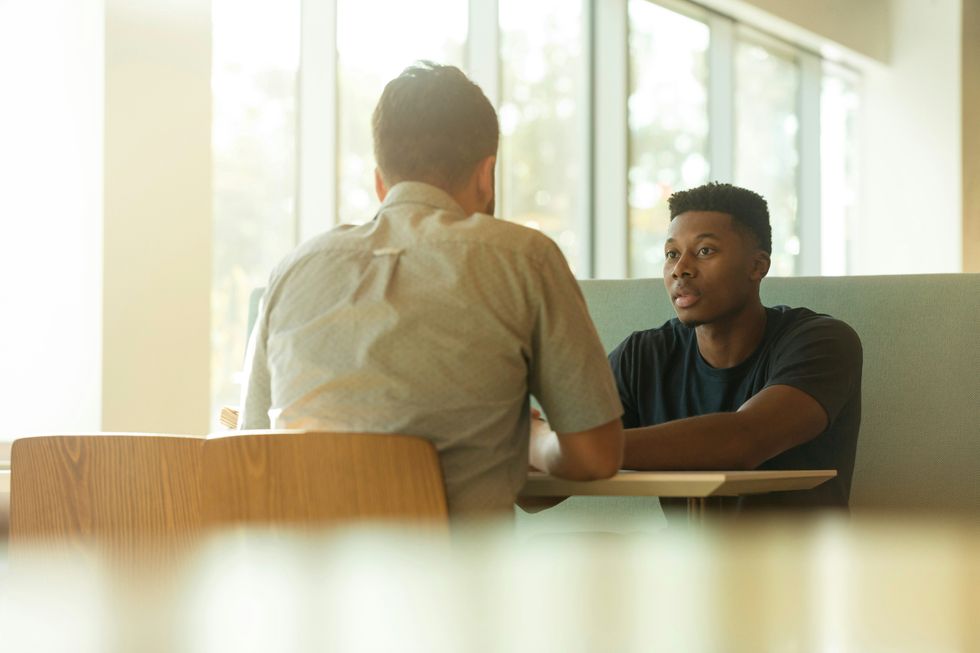 11 Signs You've Greened Out and How to Handle It - The Bluntness
Photo by
11 Signs You've Greened Out and How to Handle It - The Bluntness
Photo by 
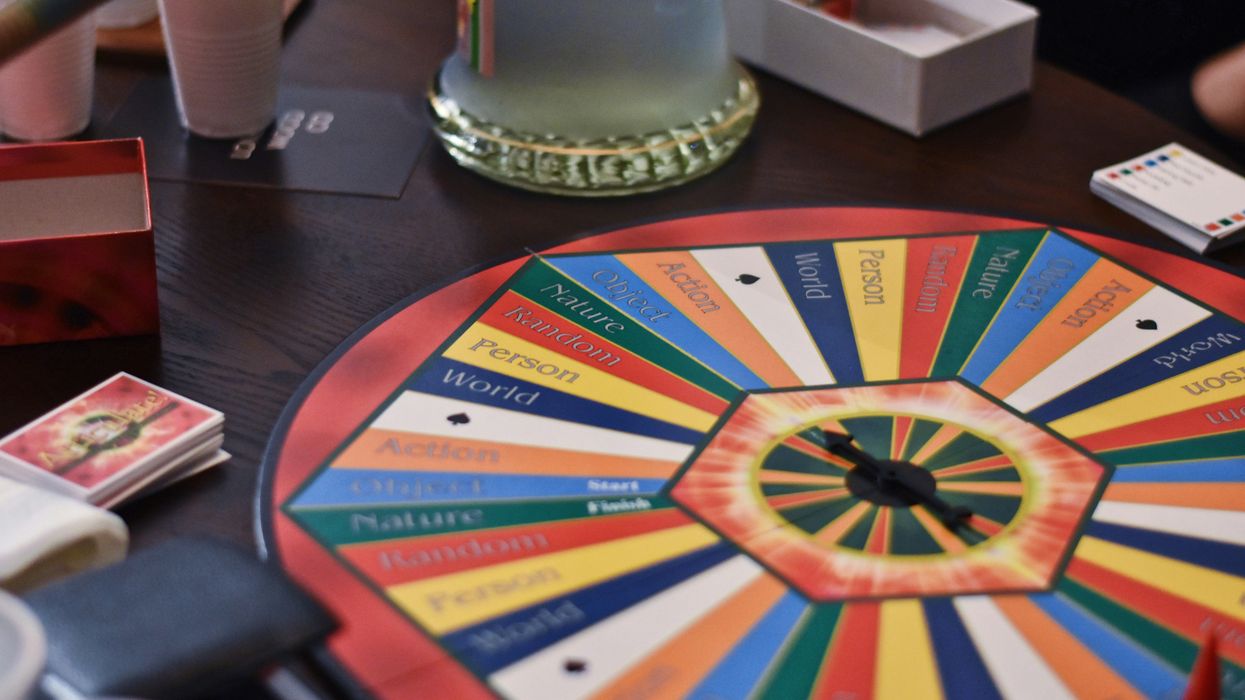
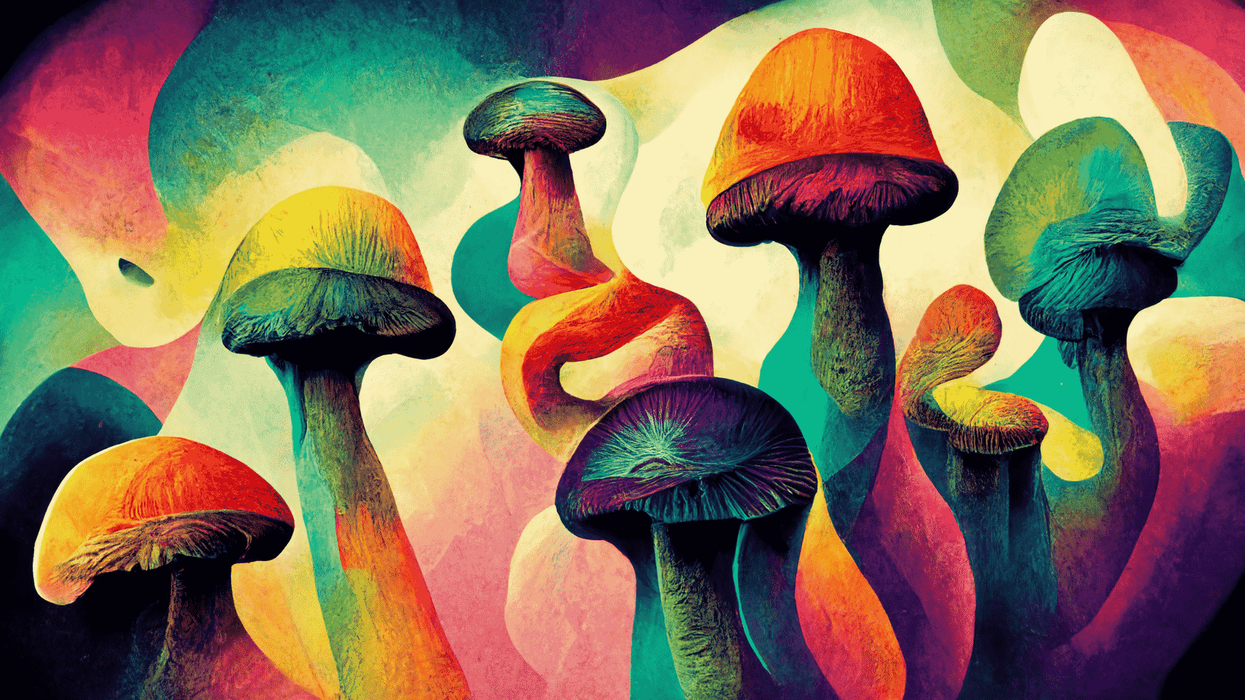


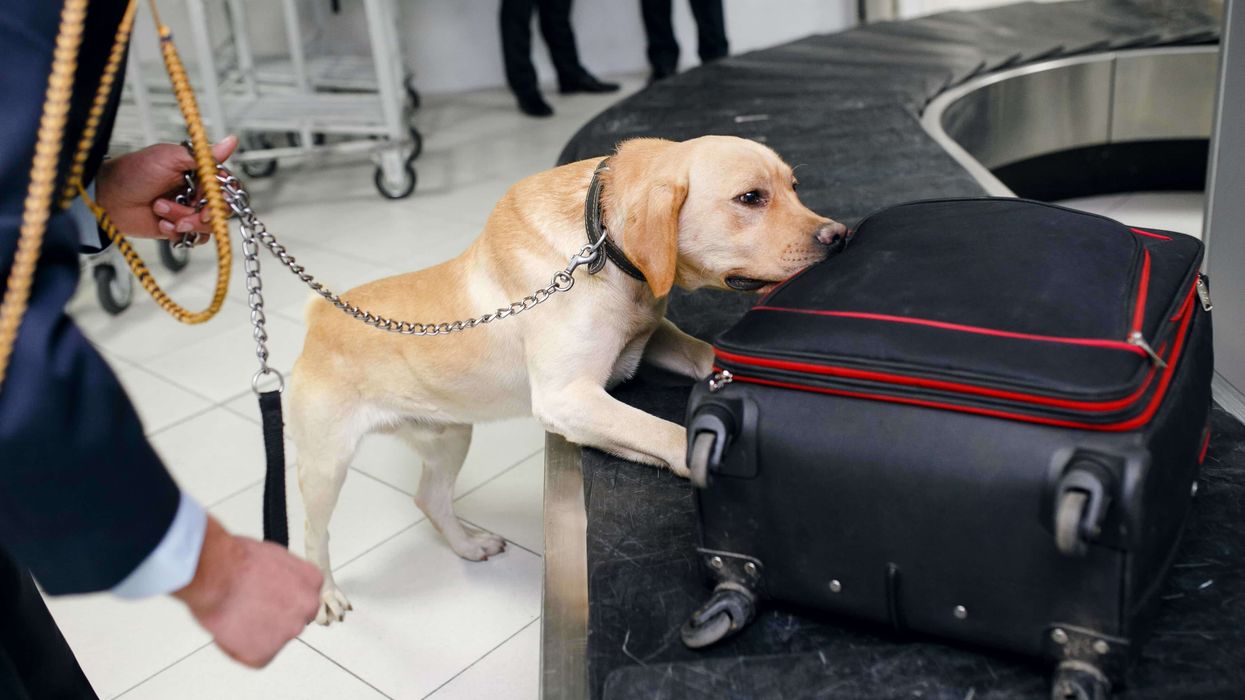
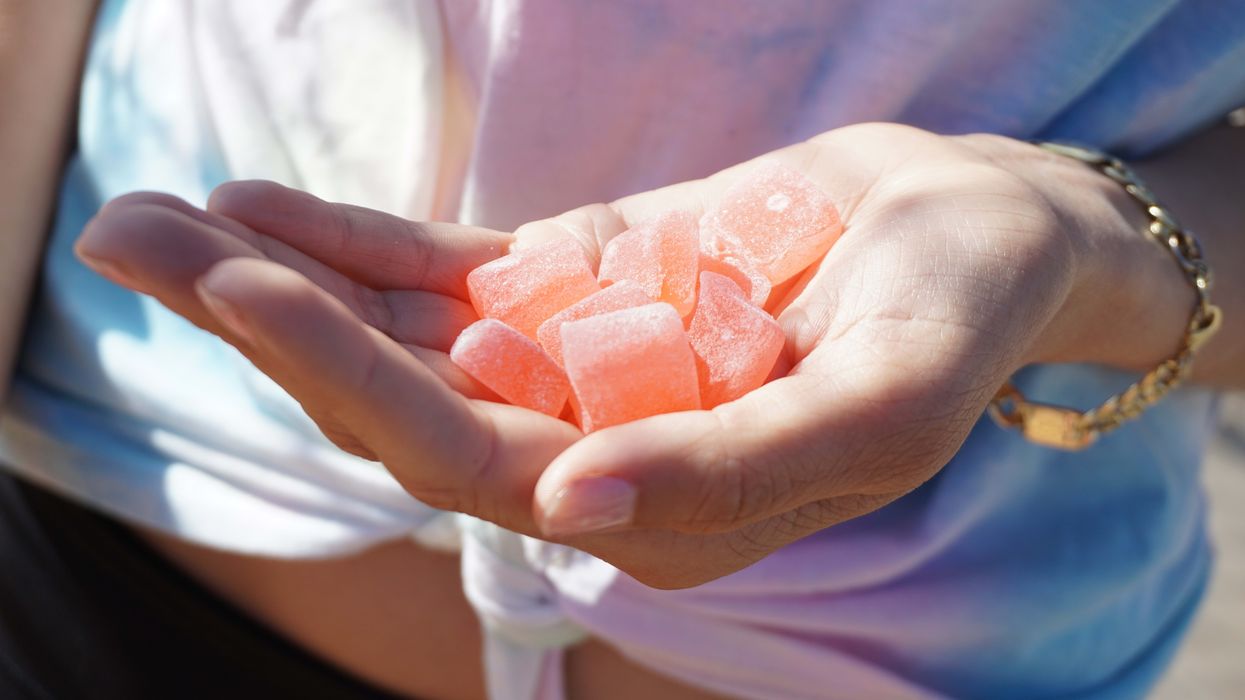
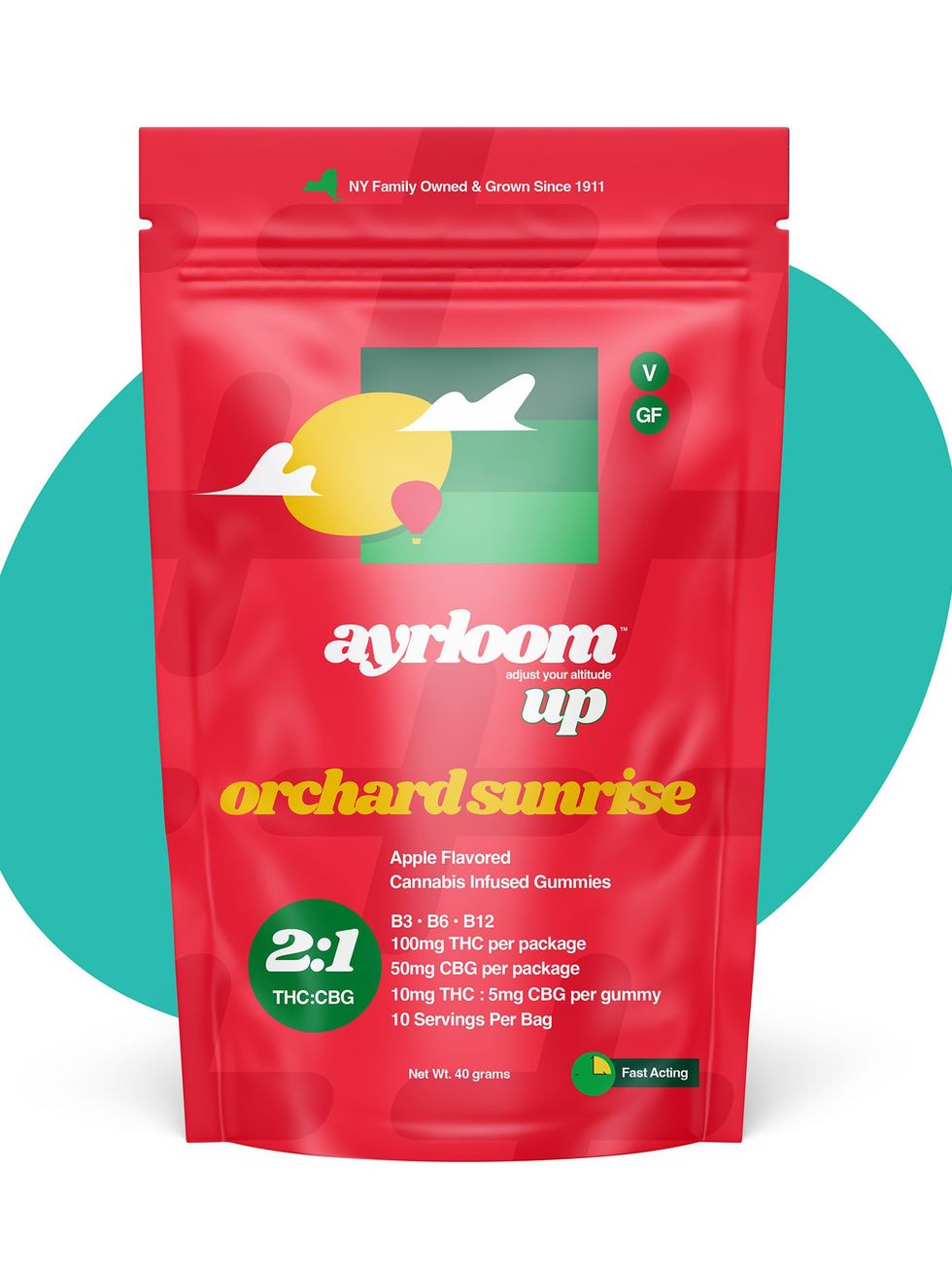 Ayrloom Orchard Sunrise Cannabis Infused Gummies
Ayrloom Orchard Sunrise Cannabis Infused Gummies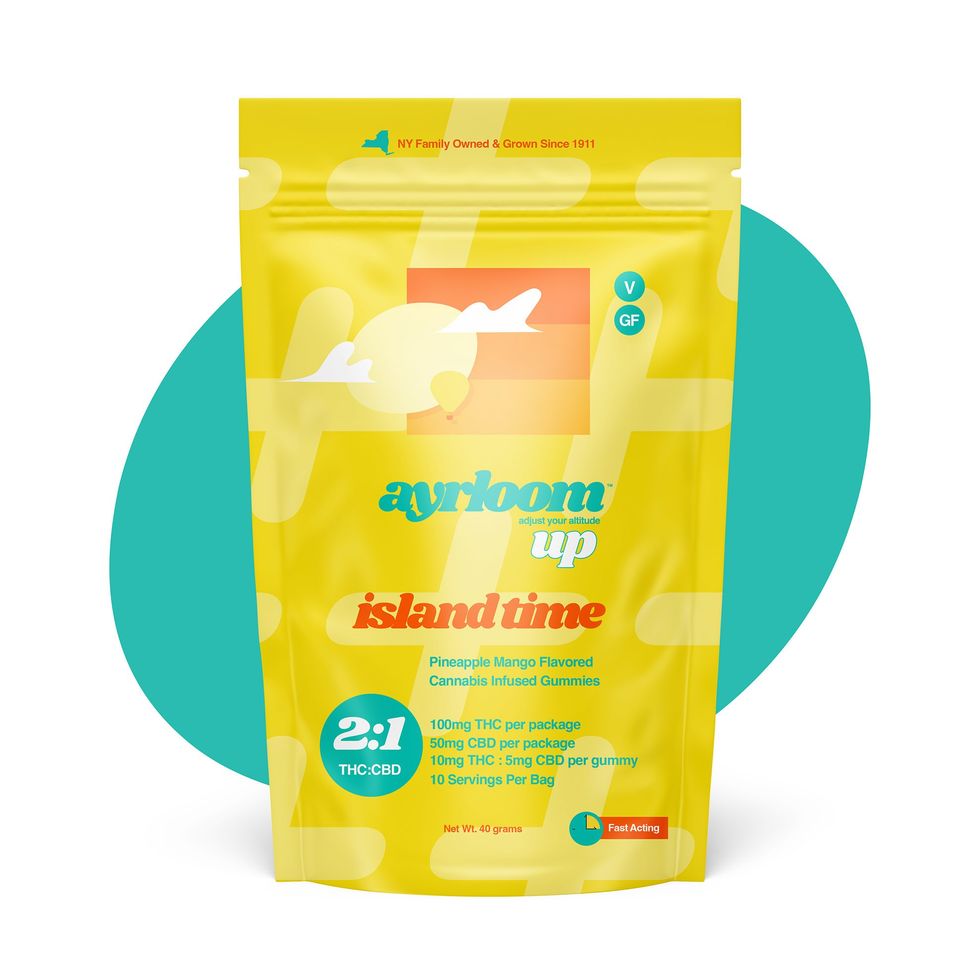 Ayrloom Island Time THC Gummies - Pineapple Mango Flavor
Ayrloom Island Time THC Gummies - Pineapple Mango Flavor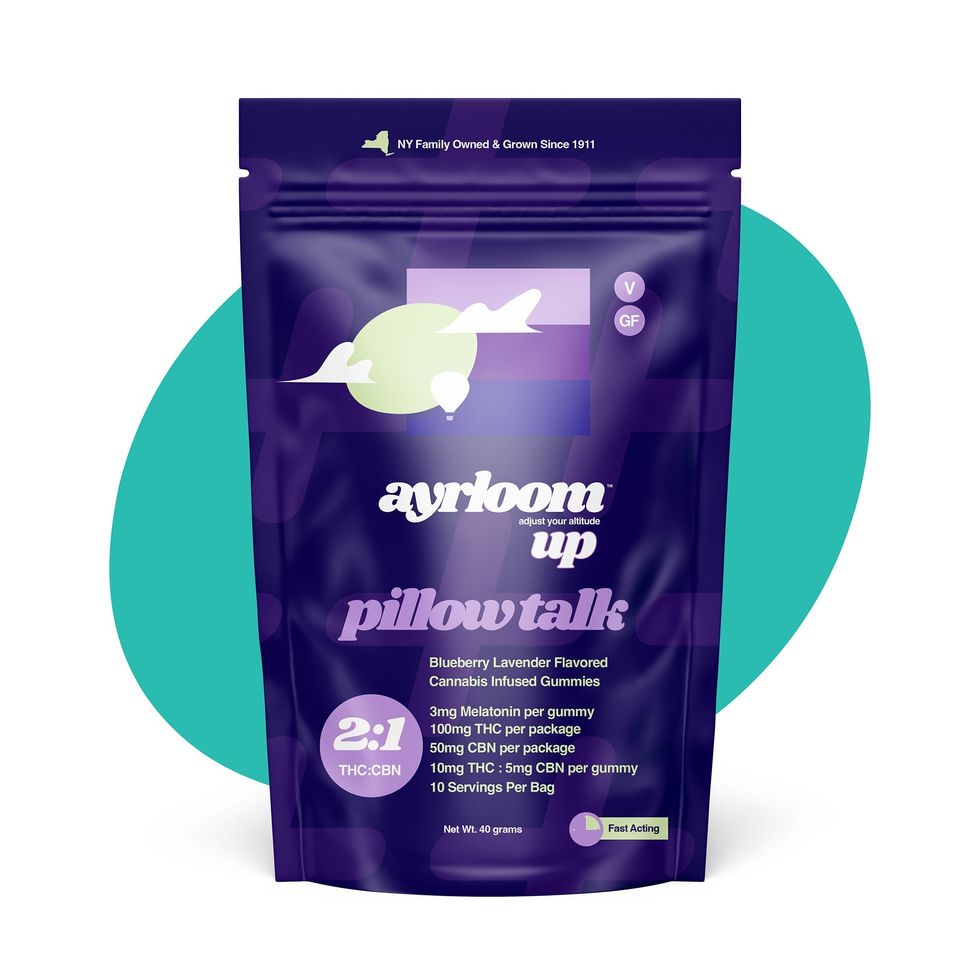 Ayrloom Pillow Talk - Sleep Gummies
Ayrloom Pillow Talk - Sleep Gummies 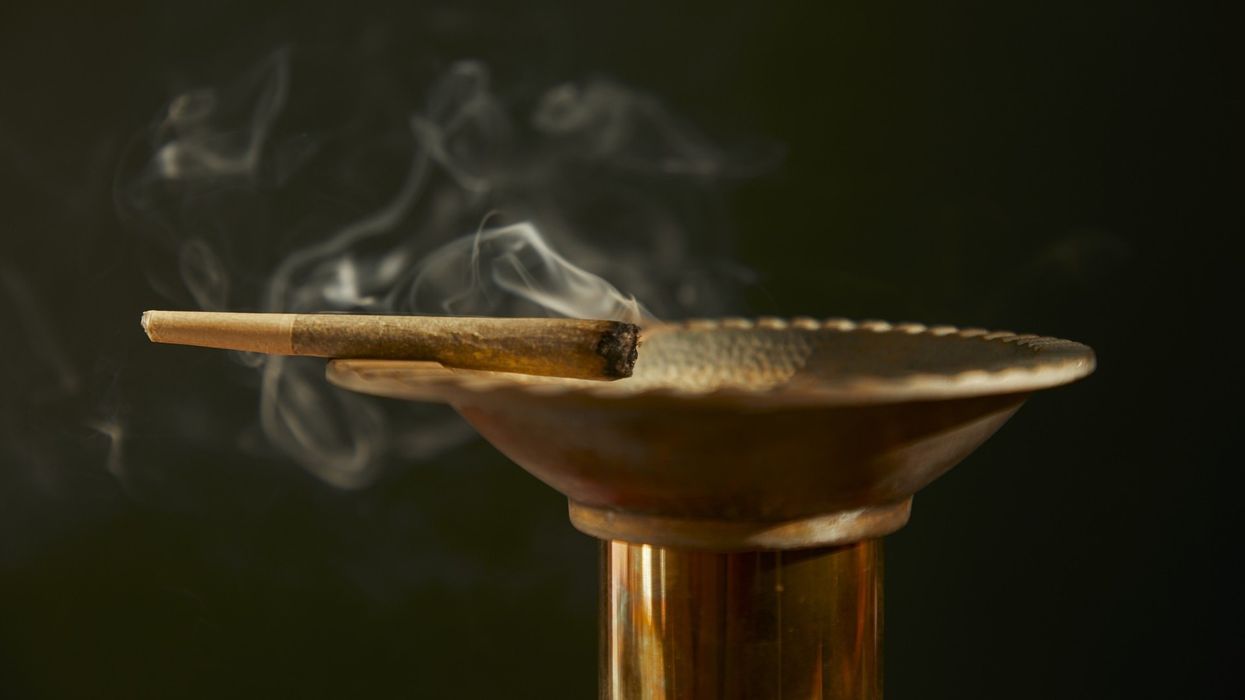
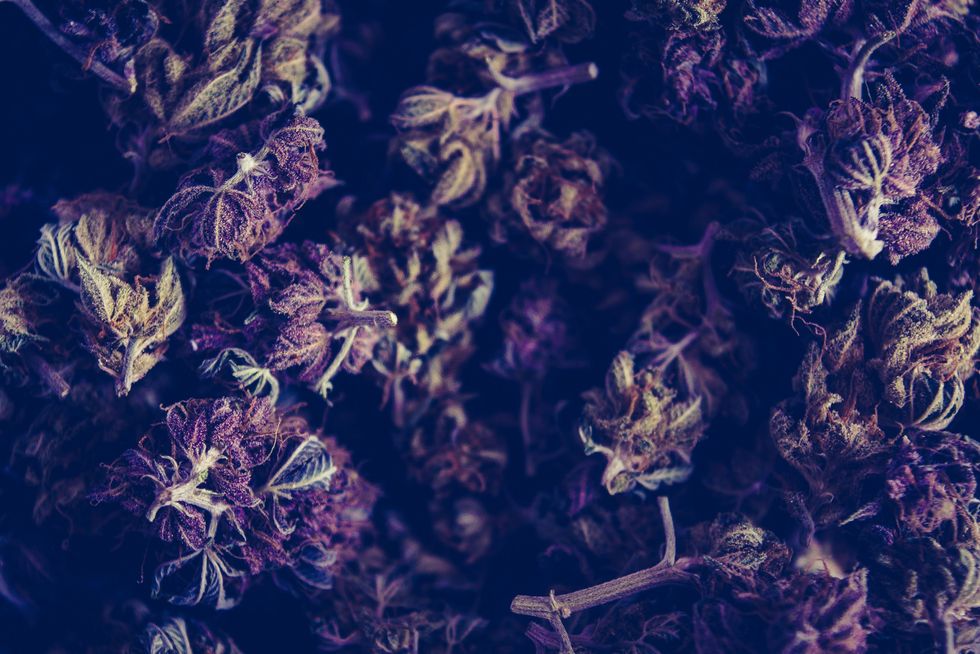 What is reggie weed? - The Bluntness
Photo by
What is reggie weed? - The Bluntness
Photo by 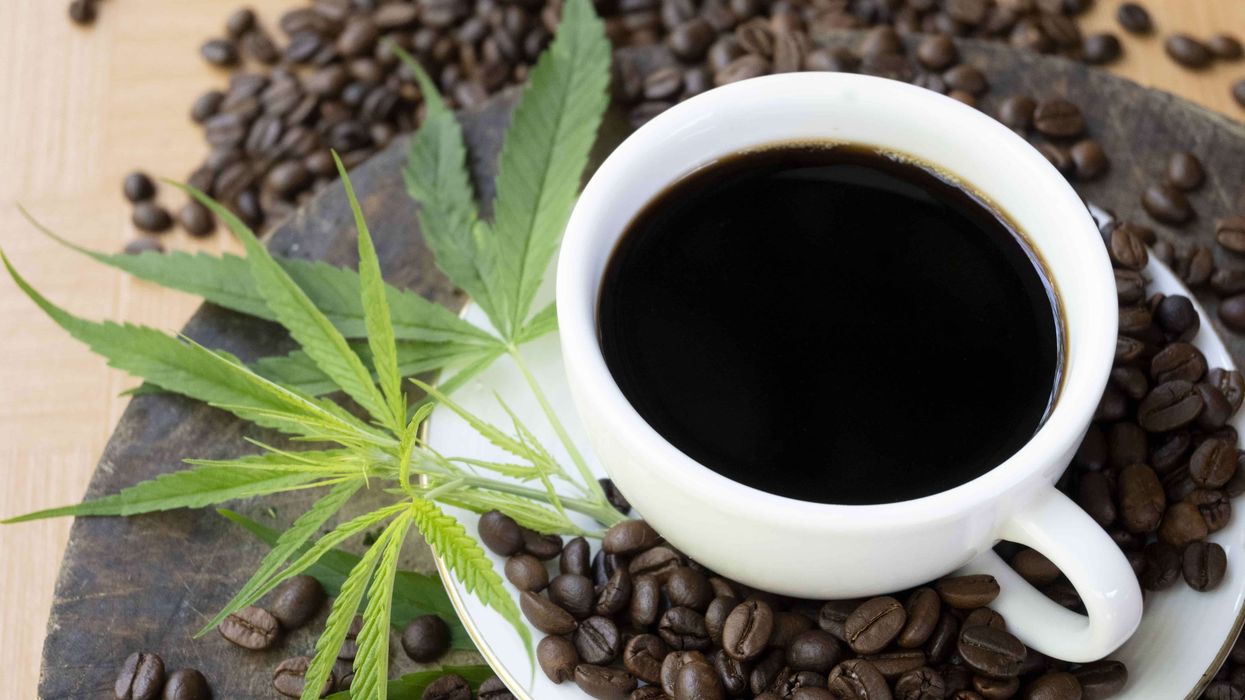
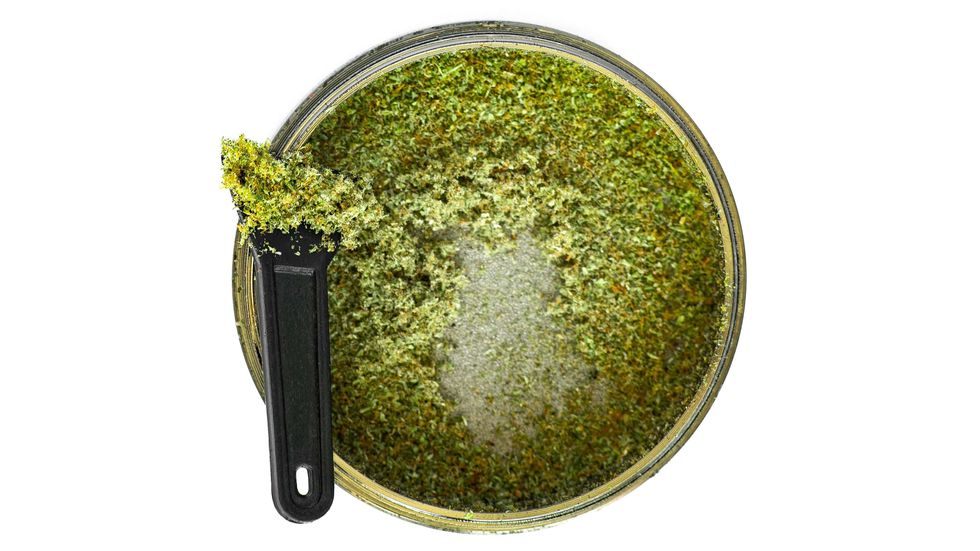 What will you do with that cannabis kief collection? - Make Coffee! The Bluntness
What will you do with that cannabis kief collection? - Make Coffee! The Bluntness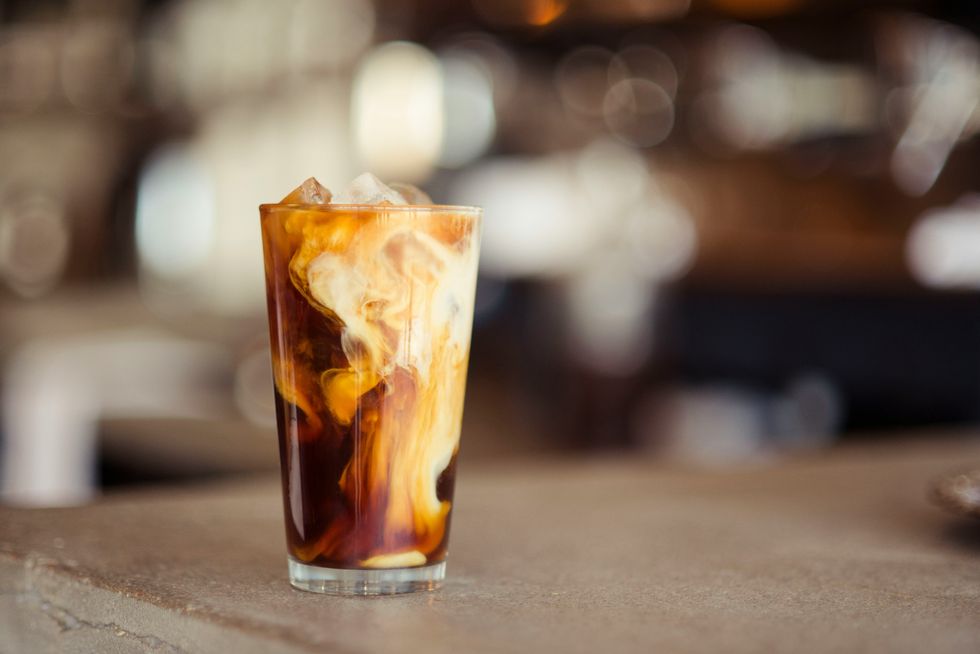 DIY: How to Make Kief Coffee - The Bluntness
Photo by
DIY: How to Make Kief Coffee - The Bluntness
Photo by 